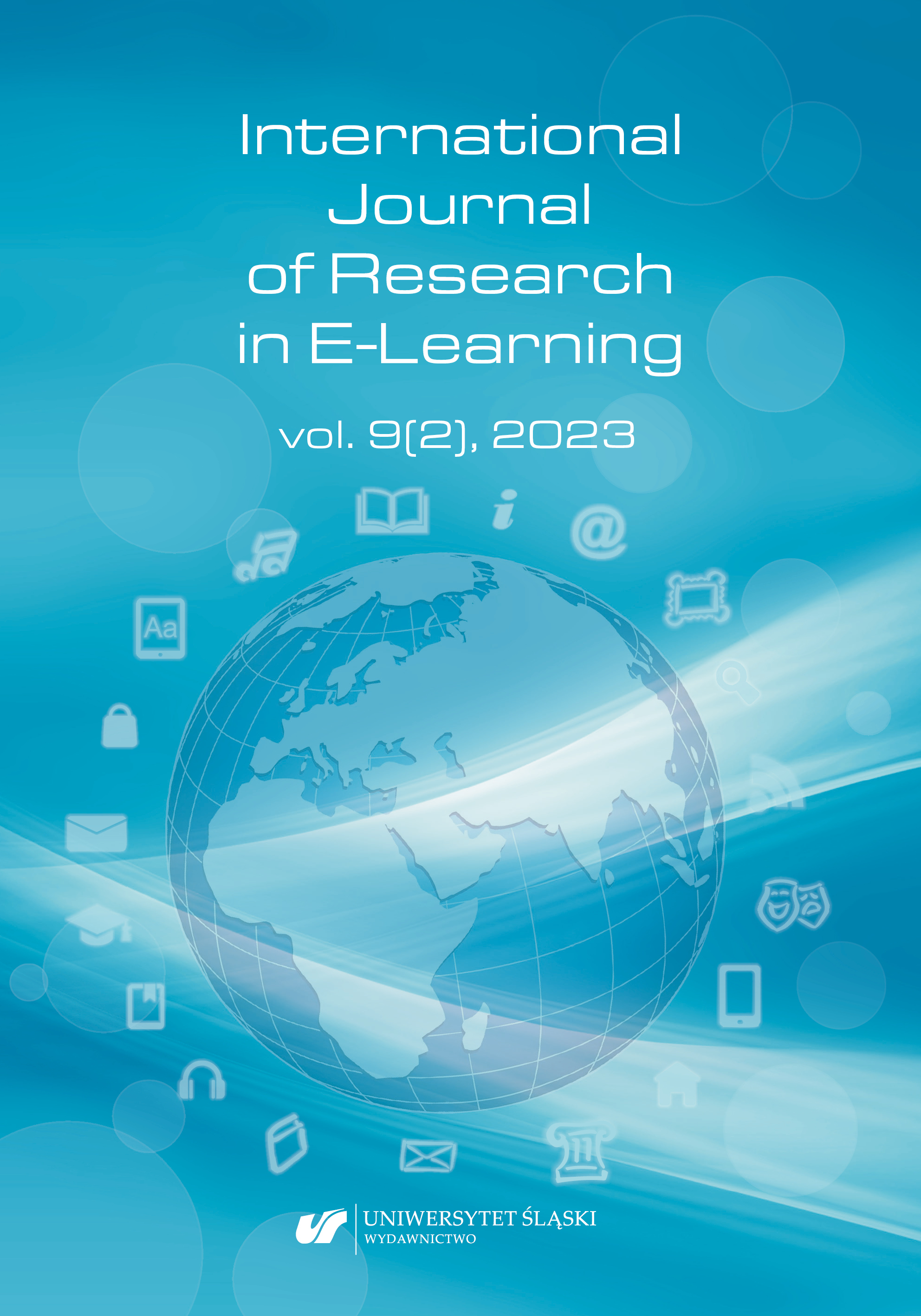The Use of Digital Technologies in Education: The Case of Physics Learning
The Use of Digital Technologies in Education: The Case of Physics Learning
Author(s): Artem Yurchenko, Volodymyr Proshkin, Olha Naboka, Volodymyr Shamonia, Olena SemenikhinaSubject(s): Language and Literature Studies
Published by: Wydawnictwo Uniwersytetu Śląskiego
Keywords: digital technologies; teaching physics; learning physics; physics education; physics teacher; teacher training; professional preparation; digital technology in education; higher education
Summary/Abstract: The article reveals the trends in the use of digital technologies in teachingphysics by summarizing scientific results over the past 20 years. To solve theproblem, a bibliographic analysis of the sources of the scientometric database ofthe WOS was used with the involvement of the computer tool VOSviewer (for theconstruction and visualization of bibliographic data) as of June 2023. The tool wasused to analyse publications by keywords (a network of connections is built on thebasis of all keywords of given publications). Networks of connections of keywordswere built according to the queries: “physics learning”, “physics education”,“physics teaching” and “technologies”, as well as “digital technologies in teachingphysics”, “physics application”, “mobile physics learning”, “virtual physicslaboratory”, “digital physics laboratory”, “virtual reality & physics”, “augmentedreality & physics”. The situation of the use of digital technologies in teachingphysics is characterized by four aspects (general, technological, educationalmotivational,and educational-organizational). Modern trends in teaching physicsare singled out: the use of environments where simulation, modelling, visualization,virtualization of physical processes, etc. are possible. The increasing popularity ofvirtual, augmented, and mixed reality tools; use of mobile applications for learningphysics; using artificial intelligence to teach physics; organization of an educationalenvironment based on mobile or online learning, where active learning methodsare determined to be appropriate. The importance of developing young people’sintellectual skills (computational skills, algorithmic thinking skills, modellingprocesses, etc.) and visual thinking for the successful mastery of various sectionsof physics has been confirmed. The demand for integration links between naturalsciences, mathematics, engineering, and digital technologies for STEM educationhas been monitored. Recommendations for the training of physics teachers havebeen formulated.
Journal: International Journal of Research in E-learning
- Issue Year: 9/2023
- Issue No: 2
- Page Range: 1-25
- Page Count: 25
- Language: English

